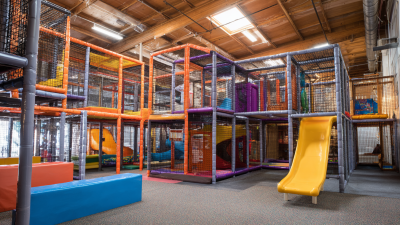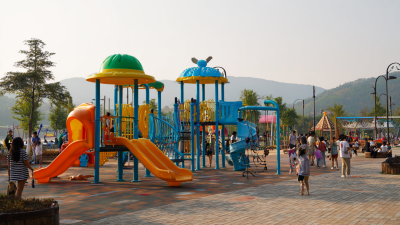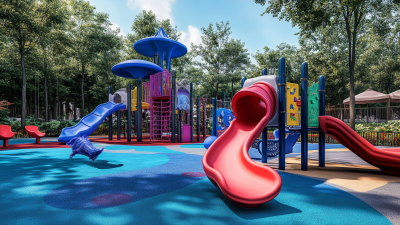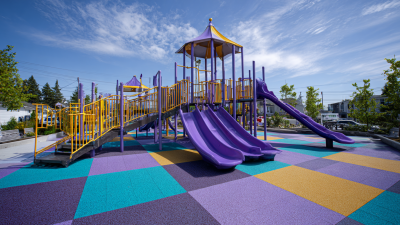
Inquiry
Form loading...
In recent years, the significant role of outdoor play in child development has garnered increasing attention from both parents and educators. Research indicates that engaging with nature through activities facilitated by Garden Playing Equipment not only enhances physical health but also supports cognitive and social growth in children. A report by the American Academy of Pediatrics highlights that children who regularly play outdoors show improved attention spans and emotional well-being.
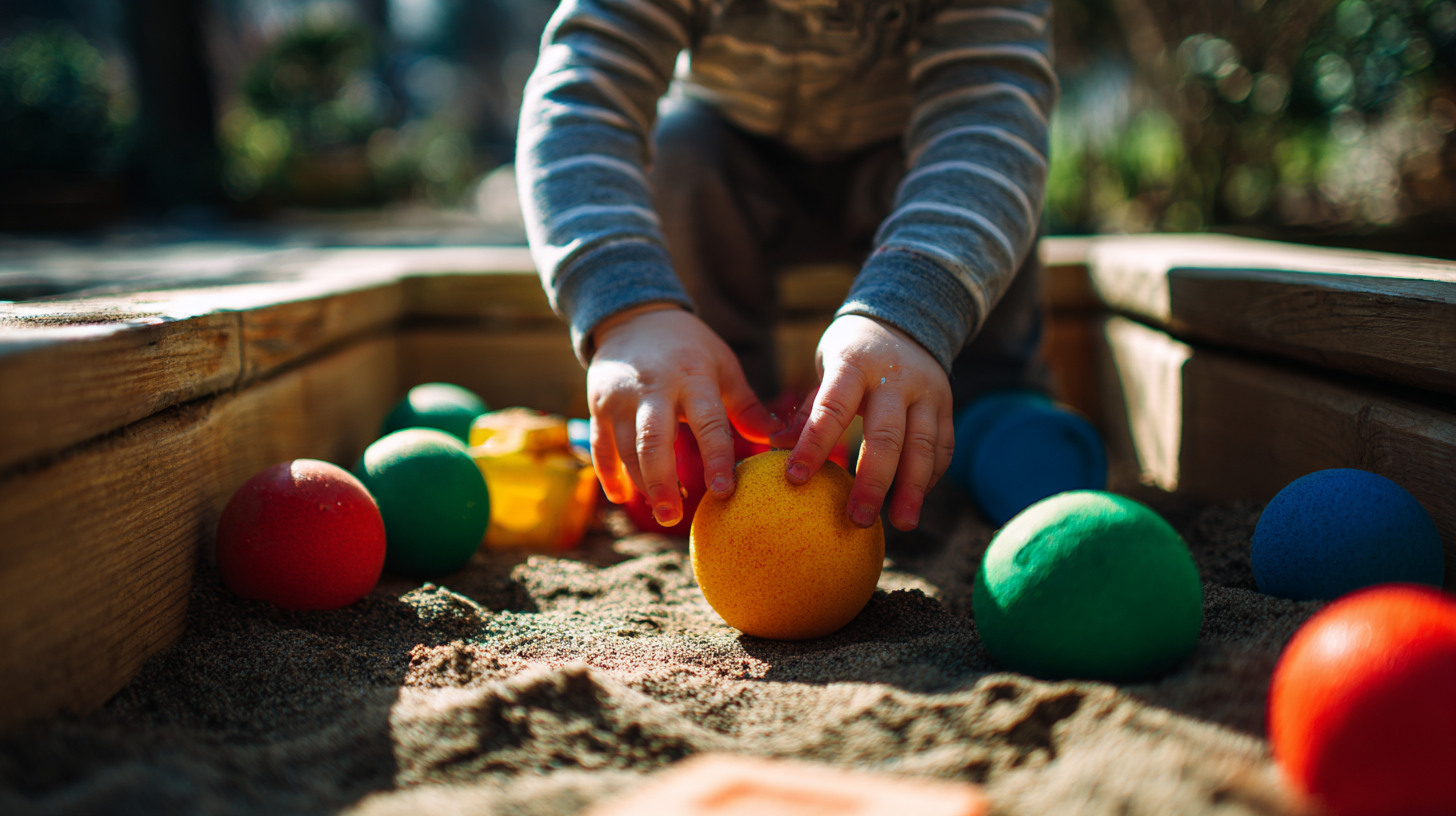
Furthermore, a study from the University of Kentucky found that children exposed to natural play environments, outfitted with garden-themed equipment, exhibited 20% greater creativity and problem-solving skills compared to those who played in traditional playgrounds. With these compelling statistics, it becomes imperative for caregivers and educational institutions to invest in well-designed Garden Playing Equipment, fostering an enriched learning environment that nurtures holistic child development.
Garden playing equipment plays a pivotal role in child development, offering a unique blend of physical, cognitive, and social benefits. Engaging with outdoor play structures encourages children to enhance their motor skills, balance, and coordination as they climb, swing, and slide. These activities not only promote physical health but also provide an opportunity for children to explore their boundaries in a safe environment, fostering confidence as they learn to navigate various challenges.
In addition to physical development, garden play equipment is essential for cognitive growth. Interactive toys and structures stimulate imaginative play, allowing children to create their own scenarios and develop problem-solving skills. Furthermore, when children play together, they enhance their social skills, learning to cooperate, share, and communicate effectively. Such collaborative play is crucial for building friendships and understanding social dynamics, laying the foundation for emotional intelligence. Therefore, investing in quality garden play equipment is a wise choice for nurturing well-rounded development in children.
When selecting garden playing equipment tailored for different age groups, safety and developmental appropriateness are paramount. For toddlers, equipment should be low to the ground with soft edges to minimize injury risks. Features like small climbing structures, sandbox areas, and interactive play panels are ideal, as they promote gross motor skills and sensory exploration. These types of play equipment create a safe environment that allows young children to build confidence while mastering physical challenges like climbing and balancing.
As children grow, their play needs evolve, requiring more complex equipment that supports social interaction and cognitive development. For preschoolers and early school-age children, equipment such as slides, swings, and larger climbing frames should be introduced. These encourage cooperative play and help develop social skills. Innovative features like group activity stations or modular designs enable children to engage in imaginative play scenarios. Furthermore, incorporating elements like movable parts and musical components can enhance sensory experiences, making backyard play an enriching avenue for holistic child development.
| Age Group | Type of Equipment | Key Development Benefits | Recommended Play Time (Minutes/Day) | Safety Considerations |
|---|---|---|---|---|
| 2-4 Years | Sandboxes | Sensory Development, Social Skills | 30 | Soft edges, Non-toxic materials |
| 4-6 Years | Climbing Frames | Physical Fitness, Balance, Coordination | 60 | Sturdy construction, Fall mats |
| 6-8 Years | Swing Sets | Motor Skills, Risk Assessment | 45 | Proper height, Regular maintenance |
| 8-12 Years | Obstacle Courses | Teamwork, Problem-Solving | 90 | Adjustable elements, Safety gear |
Outdoor play is essential for child growth and learning, with numerous studies highlighting its profound impact on development. According to the American Academy of Pediatrics, children who engage in regular outdoor play exhibit improved physical health, social skills, and cognitive abilities. Specifically, research shows that children who spend at least 60 minutes outdoors daily are 40% more likely to demonstrate age-appropriate developmental milestones compared to those with limited outdoor playtime.

Furthermore, a report from the National Center for Education Statistics reveals that outdoor play not only enhances physical fitness but also encourages creativity and problem-solving skills. Children exposed to nature-based play experiences are 60% more likely to engage in imaginative play, which significantly contributes to their emotional and social development. The correlation between outdoor activities and academic performance is also notable, with students reporting higher concentration levels and reduced stress when they participate in regular outdoor play sessions, aligning with findings from the Children & Nature Network that indicate a decrease in behavioral issues among children who play outside frequently.
Creating an engaging garden play environment is essential for fostering child development. Experts emphasize that incorporating a variety of play equipment can significantly enhance a child's physical, cognitive, and social skills. Climbing structures, swings, and interactive play panels serve not only as fun elements but also as tools for developing coordination, balance, and teamwork. The diverse range of activities available in a thoughtfully designed garden can encourage imaginative play, allowing children to explore their creativity while interacting with peers.
To maximize the benefits of garden play areas, experts recommend focusing on safety and accessibility. Using non-toxic materials and ensuring that the play equipment meets safety standards is crucial. Additionally, including sensory-rich elements such as plants, textures, and colorful surfaces can stimulate children’s senses and enhance their learning experiences. By designing spaces that are inclusive and cater to various age groups, caregivers can create environments where children are motivated to engage in physical activities, socialize, and develop essential life skills through play.
Incorporating nature into play is essential for childhood development, offering countless benefits that extend beyond physical activity. Nature-based play not only promotes gross motor skills but also enhances cognitive abilities and social interactions among children. Creative play in natural environments stimulates imagination, encourages problem-solving, and fosters an appreciation for the outdoors.
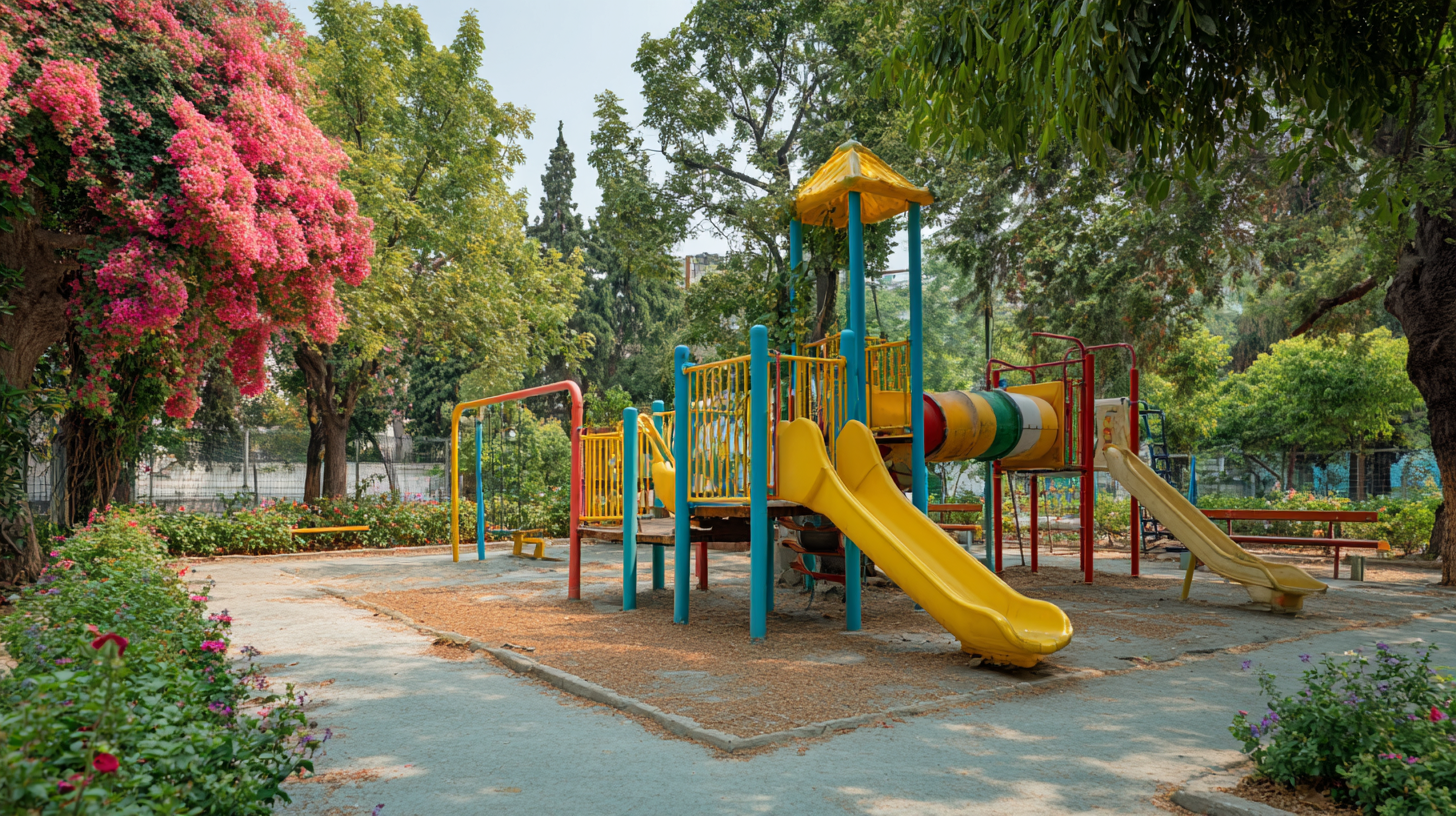
Tips for Incorporating Nature into Play:
By integrating nature into play through thoughtful strategies and engaging activities, we can create enriching environments that profoundly impact children’s overall growth and development.
